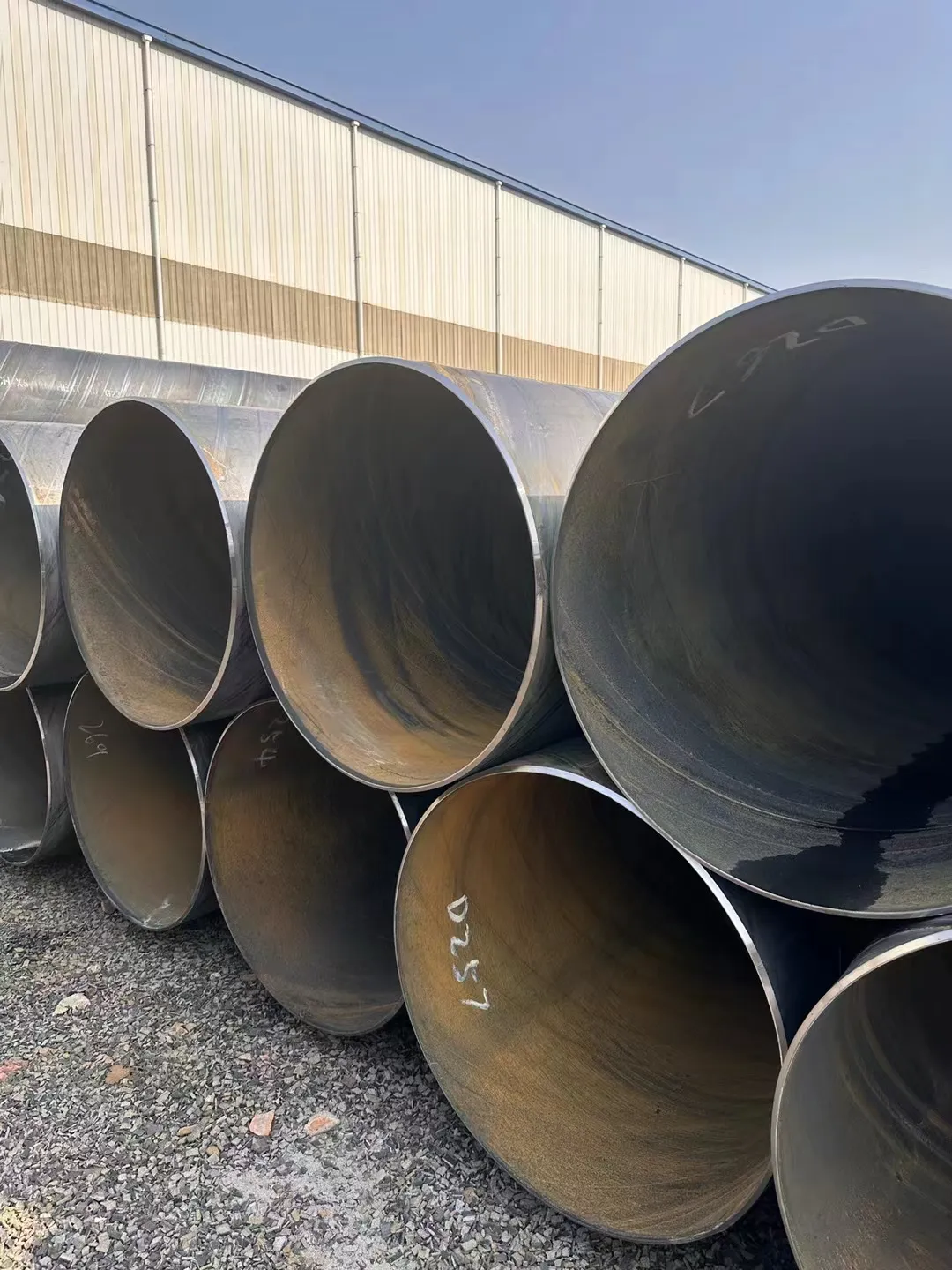-
Cangzhou Yulong Steel Co., Ltd.
-
Phone:
+86 13303177267 -
Email:
admin@ylsteelfittings.com
- English
- Arabic
- Italian
- Spanish
- Portuguese
- German
- kazakh
- Persian
- Greek
- French
- Russian
- Polish
- Thai
- Indonesian
- Vietnamese
- Zulu
- Korean
- Uzbek
- Hindi
- Serbian
- Malay
- Ukrainian
- Gujarati
- Haitian Creole
- hausa
- hawaiian
- Hebrew
- Miao
- Hungarian
- Icelandic
- igbo
- irish
- Japanese
- Javanese
- Kannada
- Khmer
- Rwandese
- Afrikaans
- Albanian
- Amharic
- Armenian
- Azerbaijani
- Basque
- Belarusian
- Bengali
- Bosnian
- Bulgarian
- Catalan
- Cebuano
- China
- China (Taiwan)
- Corsican
- Croatian
- Czech
- Danish
- Esperanto
- Estonian
- Finnish
- Frisian
- Galician
- Georgian
- Kurdish
- Kyrgyz
- Lao
- Latin
- Latvian
- Lithuanian
- Luxembourgish
- Macedonian
- Malgashi
- Malayalam
- Maltese
- Maori
- Marathi
- Mongolian
- Myanmar
- Nepali
- Norwegian
- Norwegian
- Occitan
- Pashto
- Dutch
- Punjabi
- Romanian
- Samoan
- Scottish Gaelic
- Sesotho
- Shona
- Sindhi
- Sinhala
- Slovak
- Slovenian
- Somali
- Sundanese
- Swahili
- Swedish
- Tagalog
- Tajik
- Tamil
- Tatar
- Telugu
- Turkish
- Turkmen
- Urdu
- Uighur
- Welsh
- Bantu
- Yiddish
- Yoruba

Oct . 05, 2024 06:14 Back to list
DIN 2527 PN10 Flange Size Specifications and Measurements Guide
Understanding DIN 2527 PN10 Flange Dimensions
Flanges play a crucial role in industrial piping applications, providing a means to connect pipes, valves, pumps, and other equipment. Among the various standards governing flanges, the DIN (Deutsches Institut für Normung, German Institute for Standardization) 2527 standard is particularly important. This standard outlines the specifications for flanges used in various systems, particularly those dealing with wastewater, water treatment, and other fluid transport systems.
Understanding DIN 2527 PN10 Flange Dimensions
The DIN 2527 flanges are available in various nominal sizes, which ensure a proper fit with corresponding pipe sizes. The dimensions of these flanges include the diameter of the flange, the thickness of the flange, and the bolt hole pattern, all of which are critical for ensuring a secure connection. Typically, the standard flange dimensions include the outer diameter and the inner diameter specifications, as well as the bolt circle diameter and the number of bolt holes.
din 2527 pn10 flange dimensions

For instance, a PN10 flange with a nominal diameter of 50 mm will have specific dimensions laid out in the standard. The outer diameter might be around 160 mm, and the thickness can vary based on the flange size. Bolt hole dimensions are standardized for ease of bolt selection, and the arrangement of bolt holes is critical for achieving even pressure distribution when the flange is bolted to another surface.
Material considerations are also significant when dealing with DIN 2527 flanges. These flanges can be made from various materials, including carbon steel, stainless steel, and other alloys, depending on the application requirements, such as corrosion resistance or strength under high temperatures. Selecting the right material is essential to the longevity and reliability of the piping system.
Proper installation practices should always be followed to ensure the integrity of the flange connections. This typically includes cleaning the flange surfaces prior to installation, using appropriate gaskets, and tightening bolts to the manufacturer's recommended torque specifications. Regular inspections of flange connections are also vital to prevent leaks and ensure system integrity over time.
In conclusion, understanding the dimensions and specifications of DIN 2527 PN10 flanges is essential for anyone involved in piping design and installation. By adhering to these standards, engineers and technicians can ensure safe and efficient fluid transport within their systems. With the right flanges, proper materials, and installation techniques, the durability and effectiveness of the plumbing or piping systems can be significantly enhanced.
Latest news
-
ANSI 150P SS304 SO FLANGE
NewsFeb.14,2025
-
ASTM A333GR6 STEEL PIPE
NewsJan.20,2025
-
ANSI B16.5 WELDING NECK FLANGE
NewsJan.15,2026
-
ANSI B16.5 SLIP-ON FLANGE
NewsApr.19,2024
-
SABS 1123 FLANGE
NewsJan.15,2025
-
DIN86044 PLATE FLANGE
NewsApr.19,2024
-
DIN2527 BLIND FLANGE
NewsApr.12,2024
-
JIS B2311 Butt-Welding Fittings LR/SR 45°/90° /180°Seamless/Weld
NewsApr.23,2024











